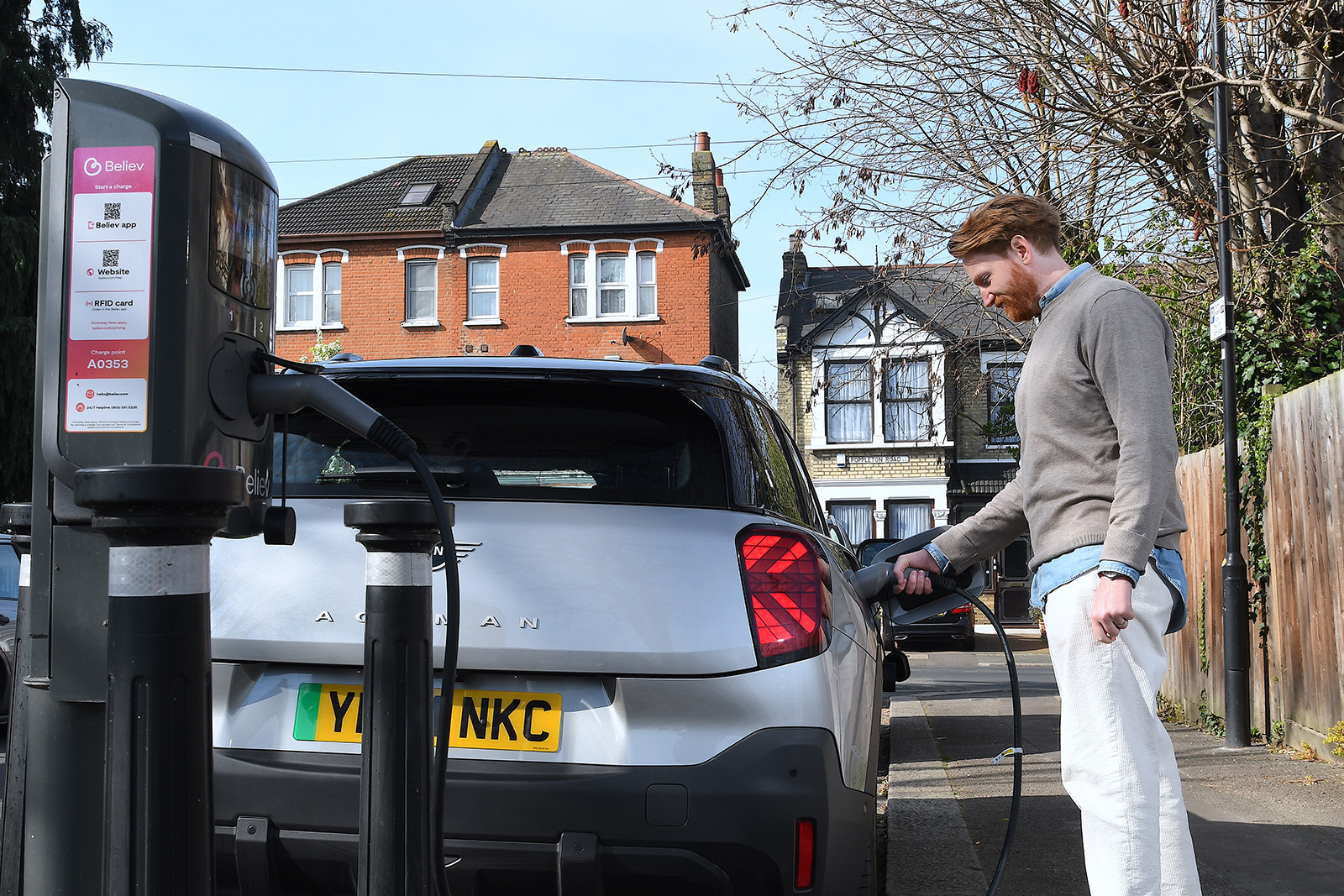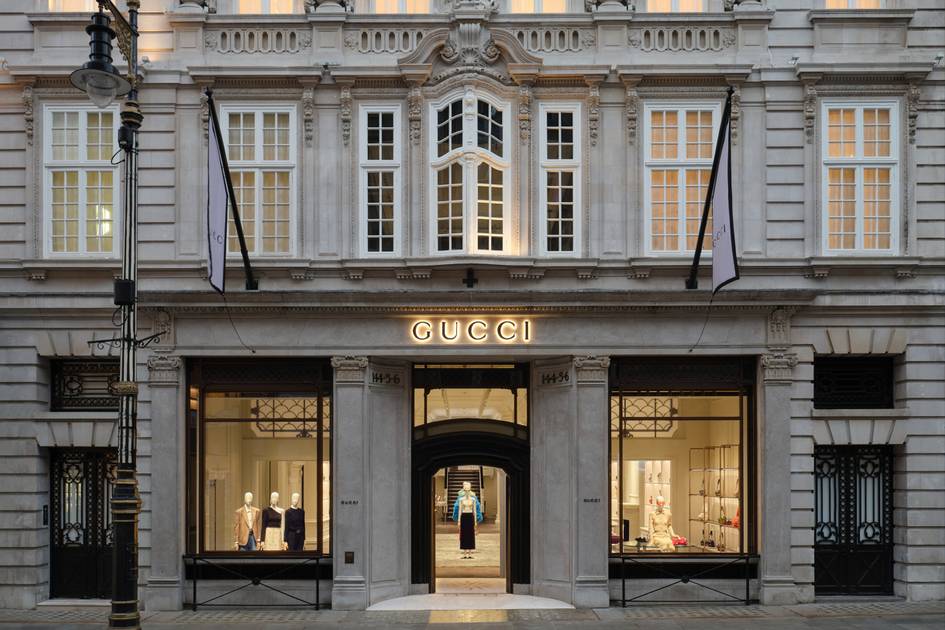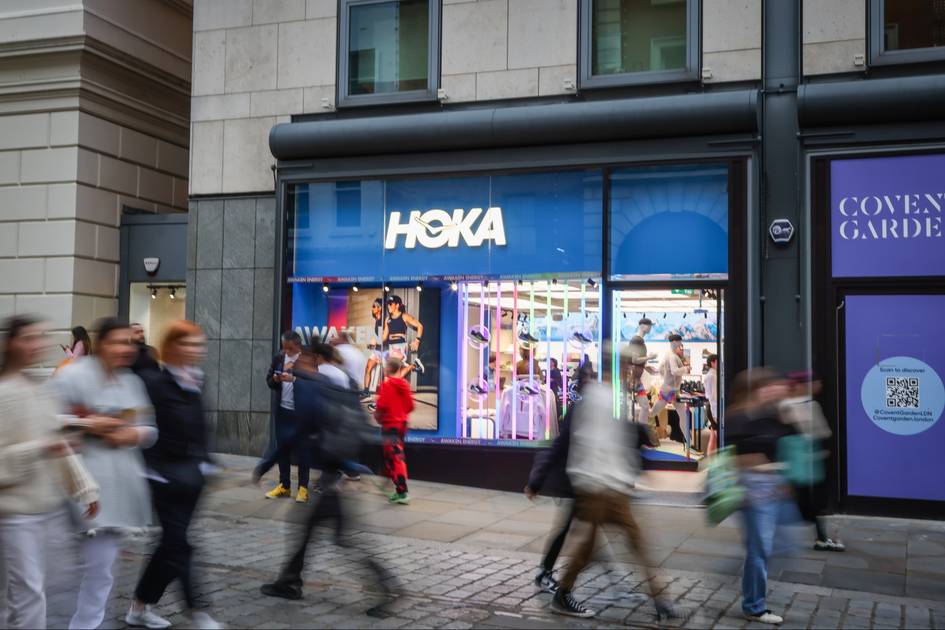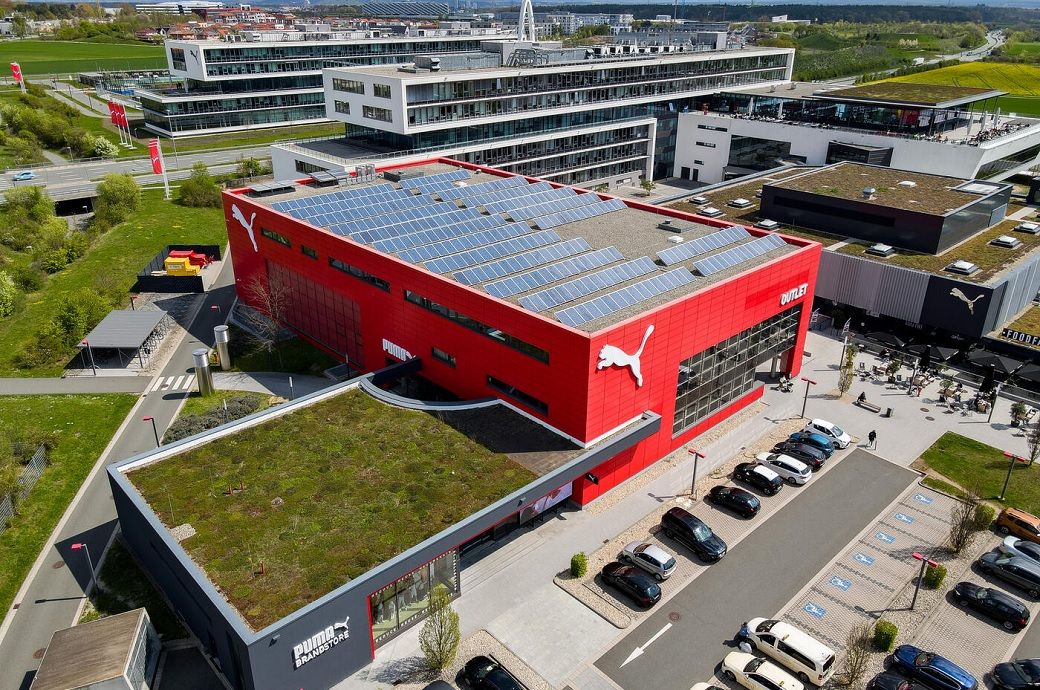5 things challenging retailers in pricing strategy
When slashing price becomes the only lever a retailer pulls, value disappears and so do profits. That was the prevailing mood at a recent Retail Gazette roundtable, where a group of senior retail leaders gathered to debate the state of pricing strategy in 2025. Hosted in partnership with price optimisation platform 7Learnings, the session – titled Price wars...

When slashing price becomes the only lever a retailer pulls, value disappears and so do profits.
That was the prevailing mood at a recent Retail Gazette roundtable, where a group of senior retail leaders gathered to debate the state of pricing strategy in 2025. Hosted in partnership with price optimisation platform 7Learnings, the session – titled Price wars vs value wars – explored how retailers can break out of the destructive cycle of endless discounting and start making pricing decisions that drive sustainable growth.
The conversation offered a realistic look at the pressures facing retailers today. Inflation, changing customer expectations, margin erosion, the growing threat of substantial tariff changes and a growing need to differentiate, without just cutting prices, were all on the table. But it also surfaced a significant note of optimism; that smarter, more predictive pricing is possible, and that it doesn’t require overhauling everything overnight.
Zach Martillo, senior account executive at 7Learnings, joined the session and offered pragmatic insight into what’s holding retailers back – and where real value lies. Here are five of the most common pricing pitfalls he and the group identified.
- Pricing is still too often based on gut feel
Despite a wealth of available data, many retailers are still pricing like it’s 2001. Internal meetings, historic sales patterns and executive hunches often outweigh rigorous data analysis. That’s no longer good enough in a complex, competitive landscape.
“You can’t just rely on traditional methods of manual scraping and Excel,” Martillo says. “Trying to bring all of this together manually doesn’t cut it anymore. You need tools that can process what’s happening across the market and help you act, while keeping full control of your pricing strategy.”
Retailers are dealing with thousands, sometimes tens of thousands of SKUs, fluctuating demand patterns, seasonality, promotions, stock constraints and price elasticity variables. Gut instinct isn’t built to handle that level of complexity, but data modelling is.
- Competitor-matching is not a pricing strategy
Far too many retailers still benchmark their pricing against the competition and call it strategy. In truth, it’s reactionary, unscientific and often damaging to margin.
“The way that many, even major, retailers traditionally approach pricing is just matching the competitor,” Martillo notes. “That’s not a strategy. You don’t know why they’re making that decision – you’re just following blindly. It’s just not sustainable.”
Competitor price-matching offers no control, no unique value proposition, and no insight into what your customers are actually willing to pay.
What’s needed instead is a retailer-specific pricing strategy. One grounded in data on demand, elasticity, inventory levels and customer behaviour. That’s where technology is proving vital, enabling retailers to model and personalise pricing in a way that drives both revenue and brand integrity.
- Too many retailers are chasing the price war, not winning the value war
The phrase price wars vs value wars resonated throughout the roundtable. Why? Because the retail industry has spent years focused on undercutting – without stepping back to ask whether price alone is the battlefield that matters.
“Everyone loves a war, I guess,” Martillo quips. “But what we’re really seeing is that it’s not about being the cheapest anymore. It’s about being the best value.”
That distinction is critical. Consumers are becoming more selective. Value doesn’t just mean low prices – it means relevance, trust, quality and service. Retailers that communicate and deliver value effectively can charge more, discount less and build longer-term customer relationships.
Martillo pointed out that AI-supported pricing (in practice, not in buzzword form) can help identify where prices can be held, where margin can be protected, and where promotions can be deployed surgically to support value – not dilute it.
- Many still think it’s too late to start
One of the clearest messages from Martillo is that retailers shouldn’t be put off by complexity or the sense that they’ve “missed the boat” on smarter pricing. In fact, quite the opposite.
“The time to value is super quick,” he says. “Lots of retail projects take eight or nine months. With this, it can be up and running in six weeks.”
Martillo urged retailers not to wait for a total transformation to begin experimenting. “You don’t have to start everywhere. You don’t need to price every product this way on day one. Start with a small sample. Benchmark what you think is working against a new approach. That’s when the real learning happens.”
The group discussed how even limited pilots can produce measurable uplift, not just in revenue, but in internal confidence, process maturity and commercial clarity. The key is to move from theory to test-and-learn cycles, starting with the product lines where price elasticity is highest or competition is fiercest.
- Retailers aren’t simulating the future, they’re reacting to the present
One of the most powerful use cases for modern pricing strategy is scenario planning, yet it remains underused. Most pricing teams are still reactive, adjusting after the fact or based on limited historical data.
“The biggest value we add is giving retailers the ability to look into the future,” Martillo says. “You can pose any scenario you want, simulate how it might play out, and then make a decision based on that.”
Martillo stresses that this isn’t just about pricing. Simulation modelling can inform wider decision-making, from promotions and inventory planning to marketing campaigns. For example, a retailer might ask: What happens to revenue if we increase the price of this product by 5 per cent for loyalty customers only? With simulation, that answer is based on forecasted outcomes – not guesswork.
Predictive capability becomes particularly valuable in times of uncertainty. Retailers can’t control the wider economy, but they can prepare for how different scenarios might affect demand, and set prices accordingly.
From firefighting to futureproofing
As Martillo puts it: “It’s no longer just about the price tag. It’s about what that price represents.” The shift from discounting to data-driven, value-led pricing won’t happen overnight. But it doesn’t need to. Retailers can start small, move quickly, and build from there.
For Martillo and 7Learnings, the message was clear. Smarter pricing isn’t just about better margin – it’s about better decision-making. And in a market where every pound counts, that could make all the difference.
Click here to sign up to Retail Gazette‘s free daily email newsletter


































































![[Podcast] Behind the Breakthroughs: How Almac Powers Clinical Trial Success with Care](https://imgproxy.divecdn.com/5lAJkli_KcGt1FSsw4EaegjgP76IHREqYEWbhNBJOXw/g:ce/rs:fit:770:435/Z3M6Ly9kaXZlc2l0ZS1zdG9yYWdlL2RpdmVpbWFnZS9CaW9QaGFybWFEaXZlXzEzNDZfeF83MjlfQXJ0d29yay5qcGc=.webp)































































































.jpg)







